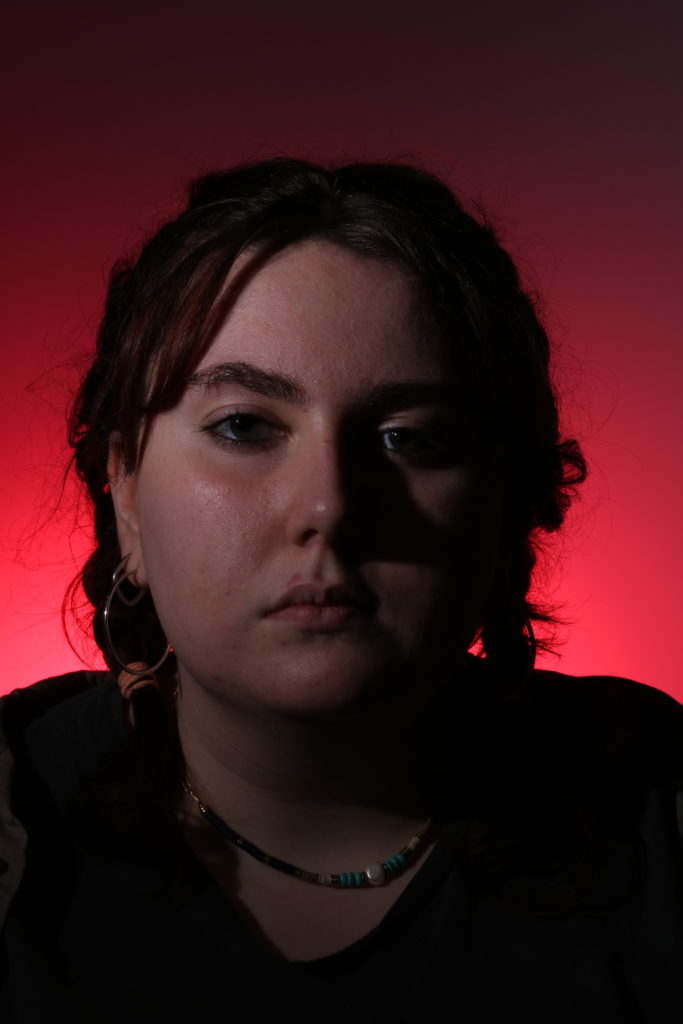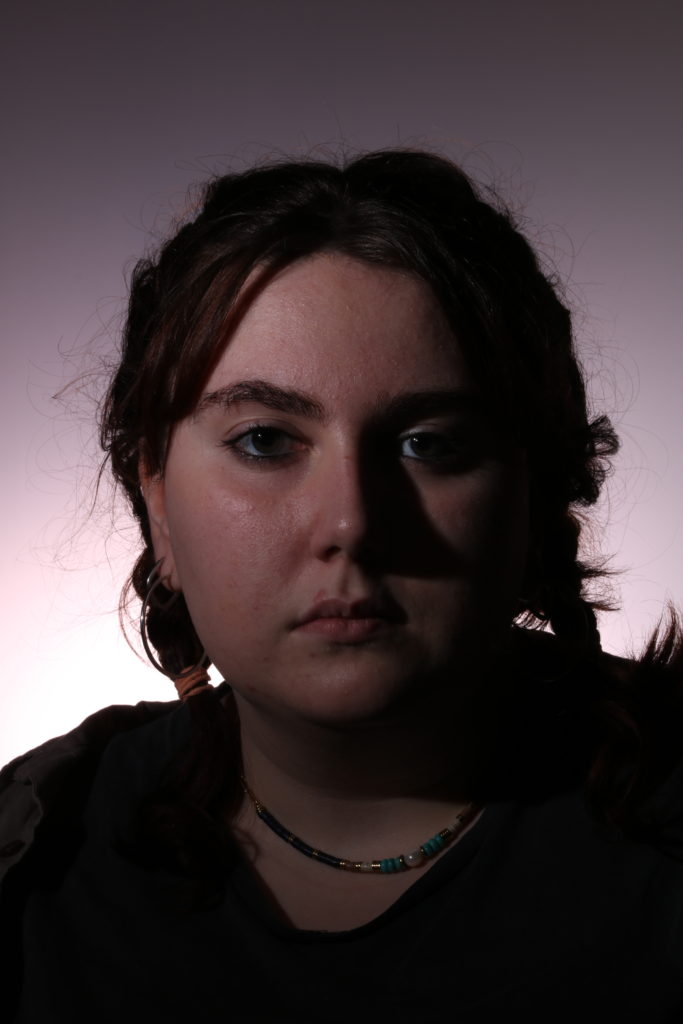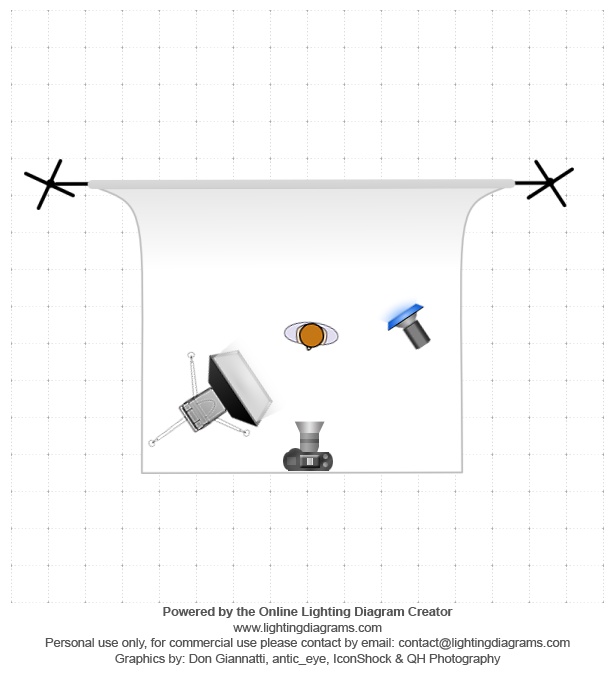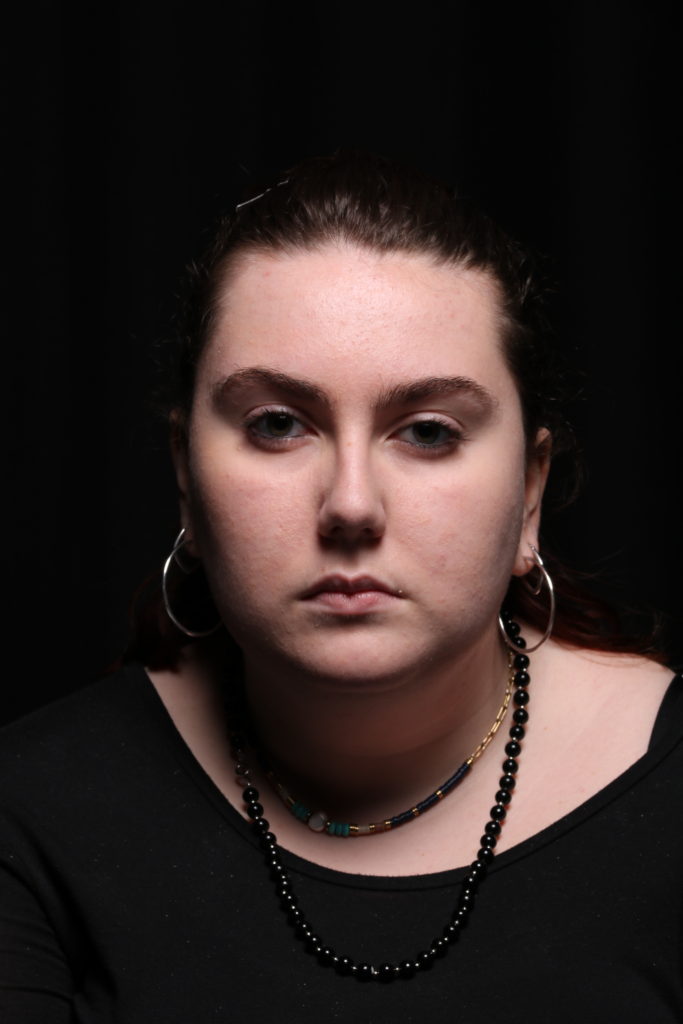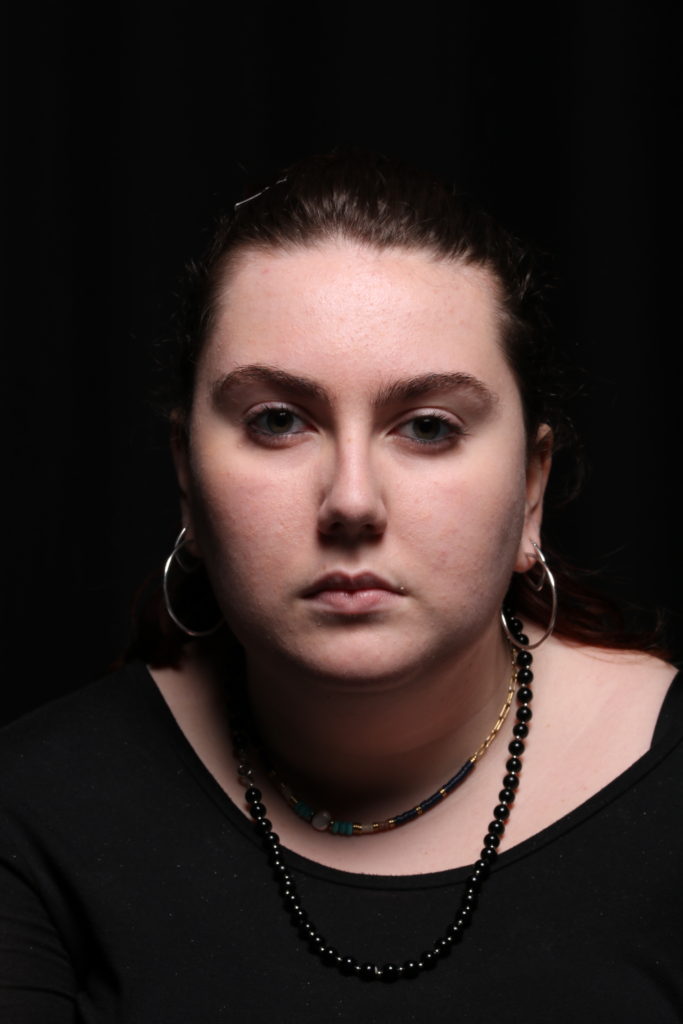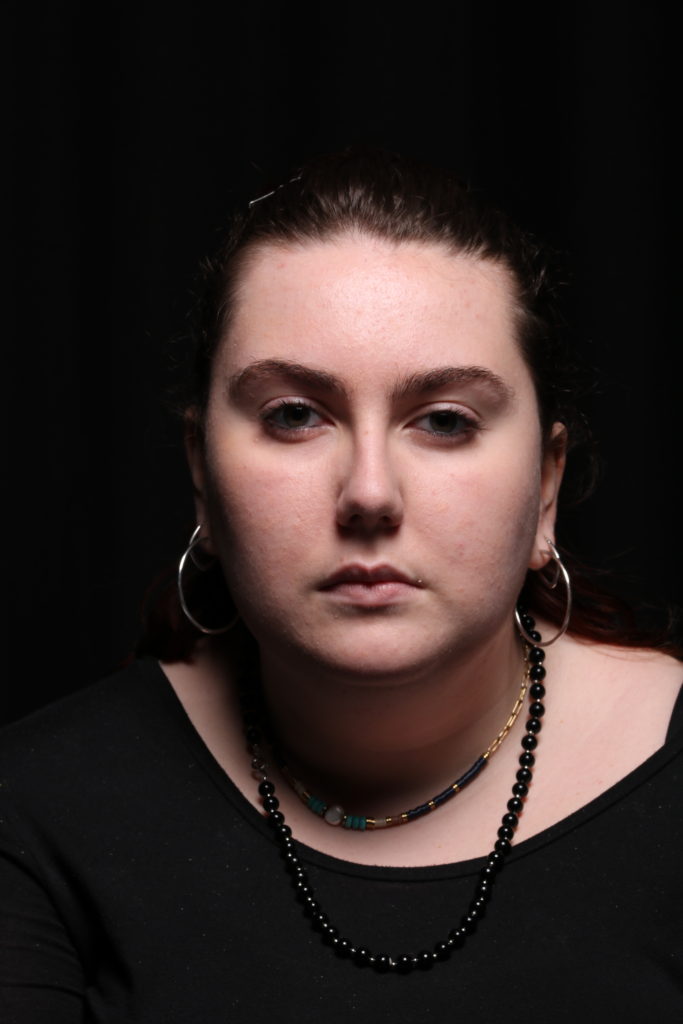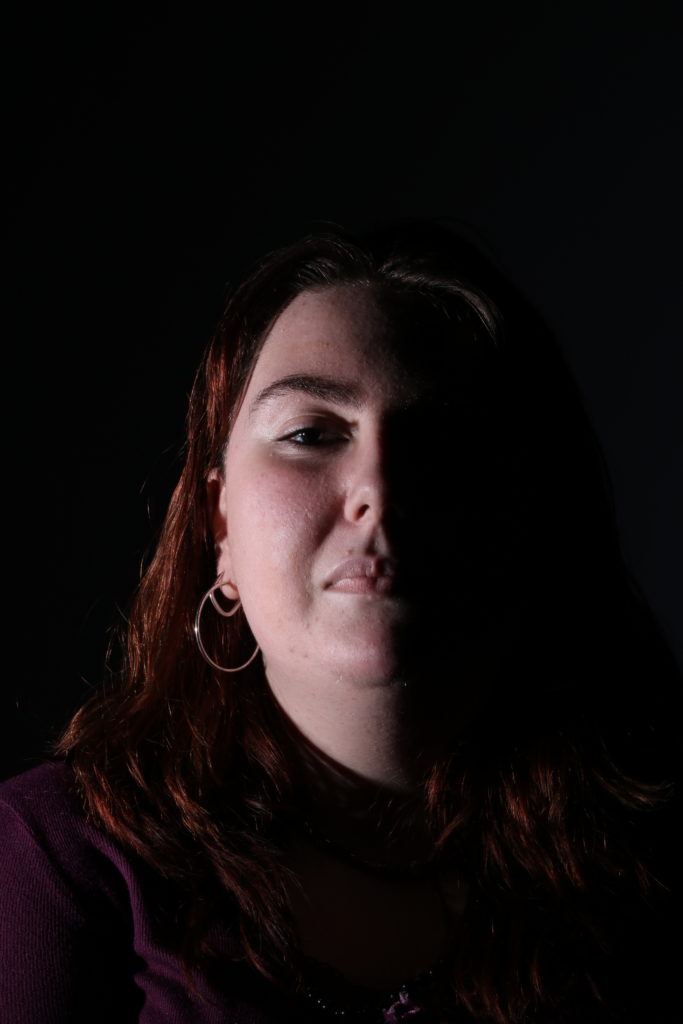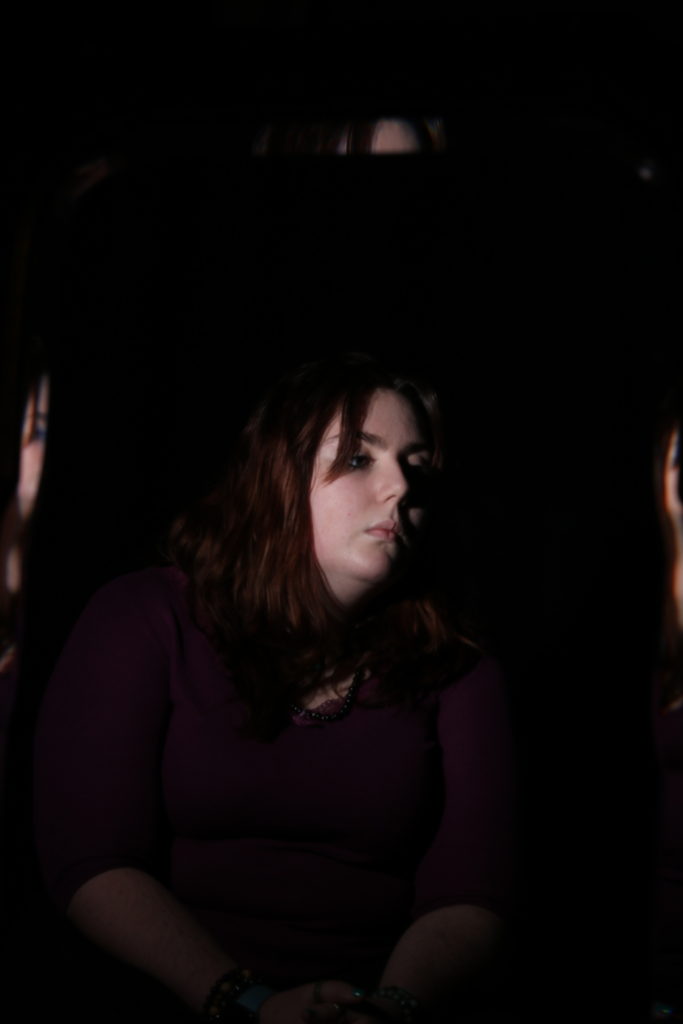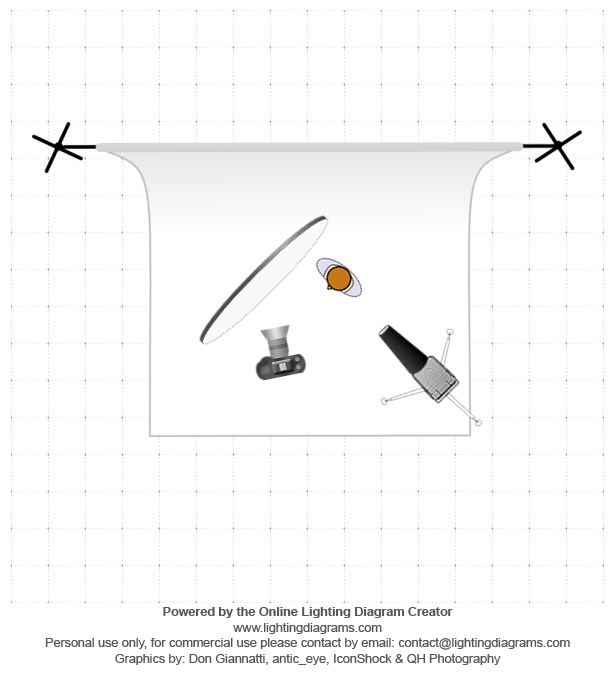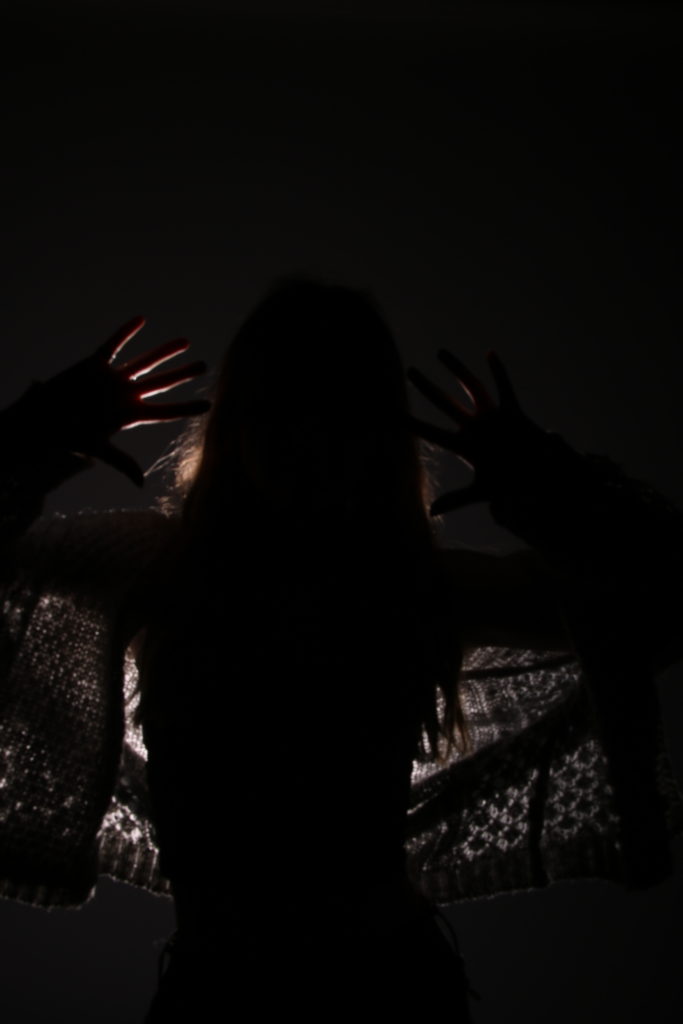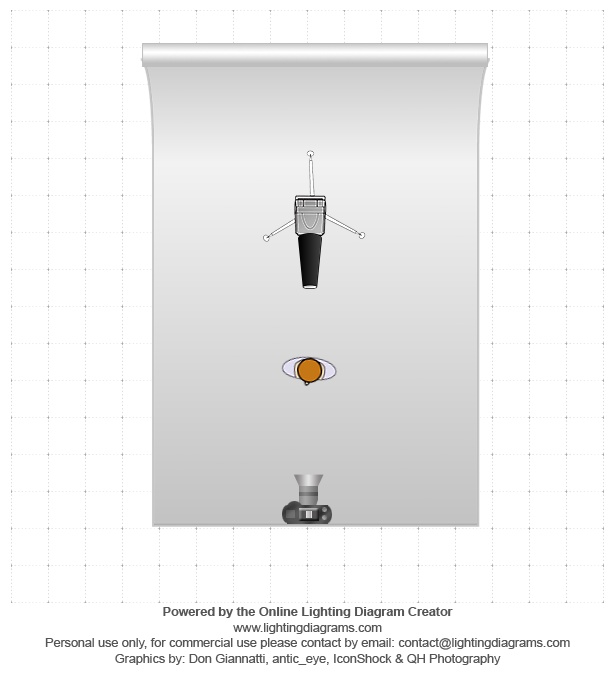
Types of Light
Flash Heads
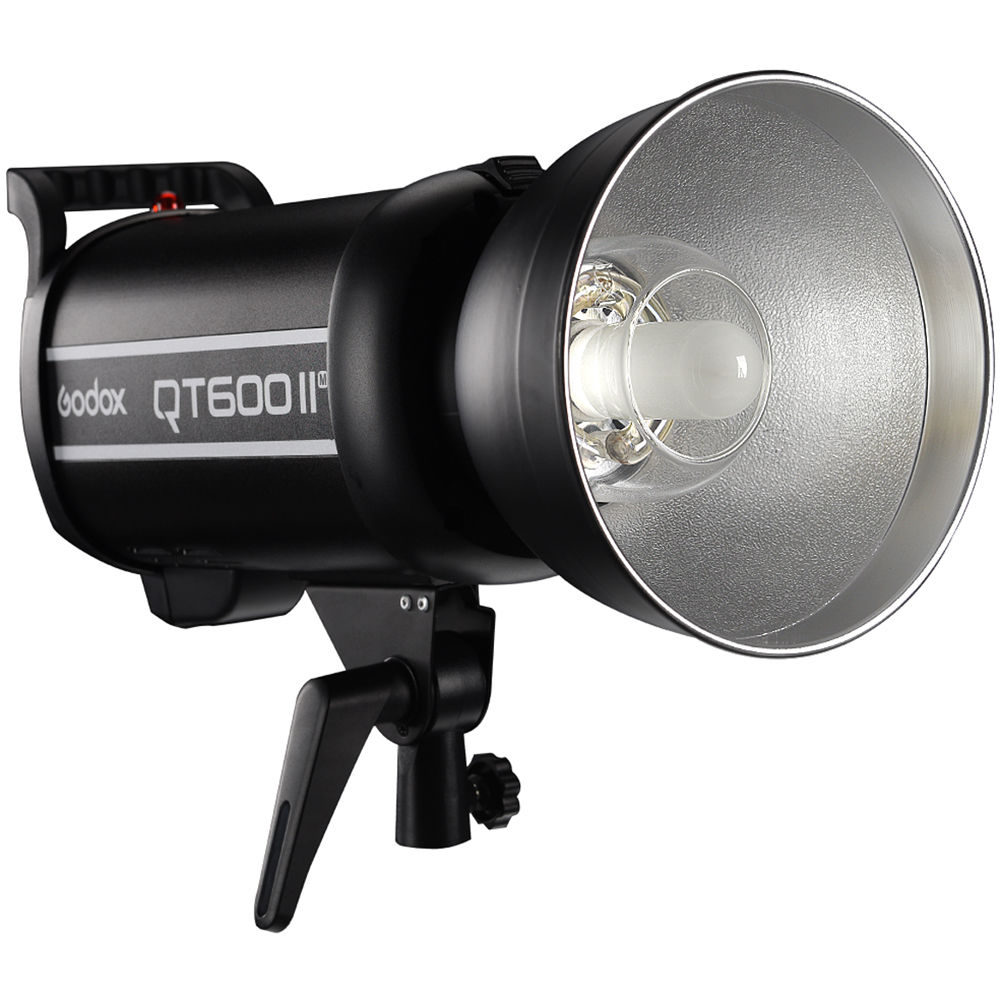
A flash is simply a brief moment of intense light used to illuminate the subject. Studio flashes (flash heads) are known as dumb lights. This is because they do not have any features to automatically adapt with the camera settings.
These tend to have a very harsh light and thererfore tend to be used with a soft-box (as shown below) in order to diffuse and soften the light’s intensity.




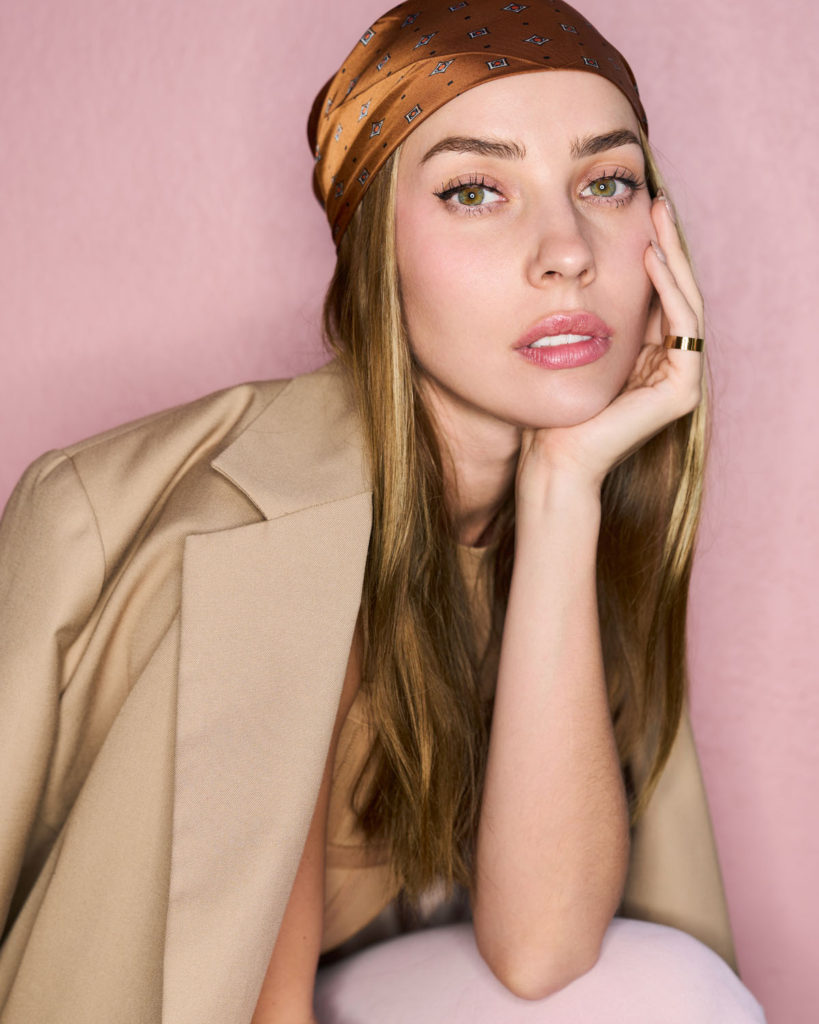
Continuous Lighting

Also known as Tungsten light, it is mostly used for photography. It produces a warmer light than flash lights with a light around 3200-3400 degrees Kelvin. Because of this, you need to adjust the white balance on your camera.



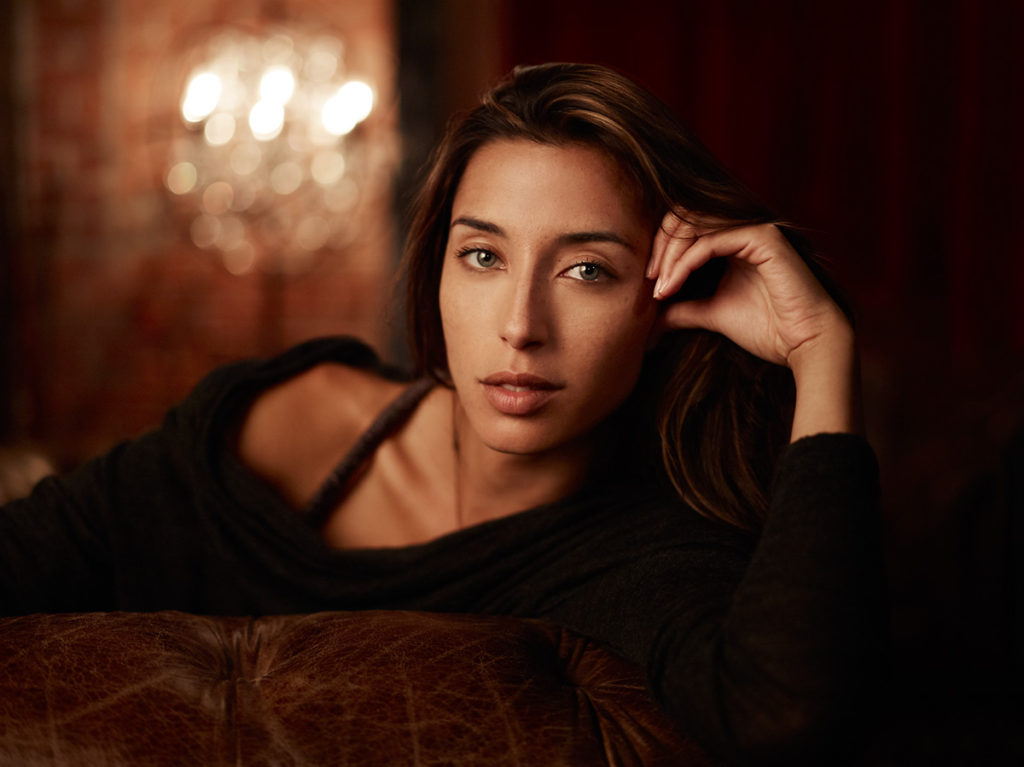

Rembrandt Lighting
Rembrandt Harmenszoon van Rijn was a Dutch painter born in 1606. The style of lighting used in modern photography named after uses shadows to create a small triangle under the eye of the subject. This is shown in his portraits – most significantly his self-portraits (one is shown below)


In modern photography this style of lighting is commonly used and creates a sense of drama and intensity within the image.




Butterfly Lighting
Named as such because of how the shadow falls, butterfly lighting is widely used in fashion photography and shows a butterfly shaped shadow under the nose and sometimes across the cheeks of a persons face.
The light points directly on the subjects face from a high vantage point as to create the desired shadow. The diagram below shows this:

Like I said before, this technique is predominantly used in fashion photography mainly because it is very difficult to do out of the studio with light most likely hitting the subject from all directions and removing most shadows.
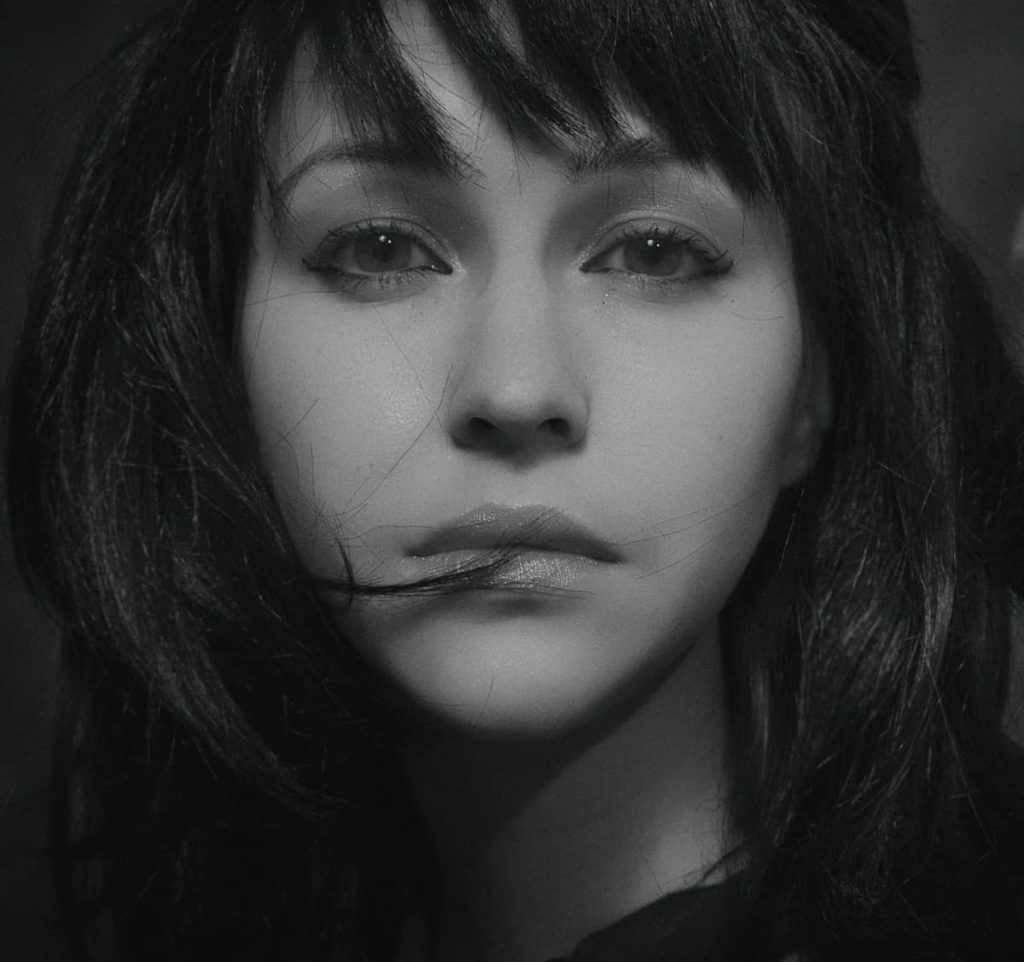
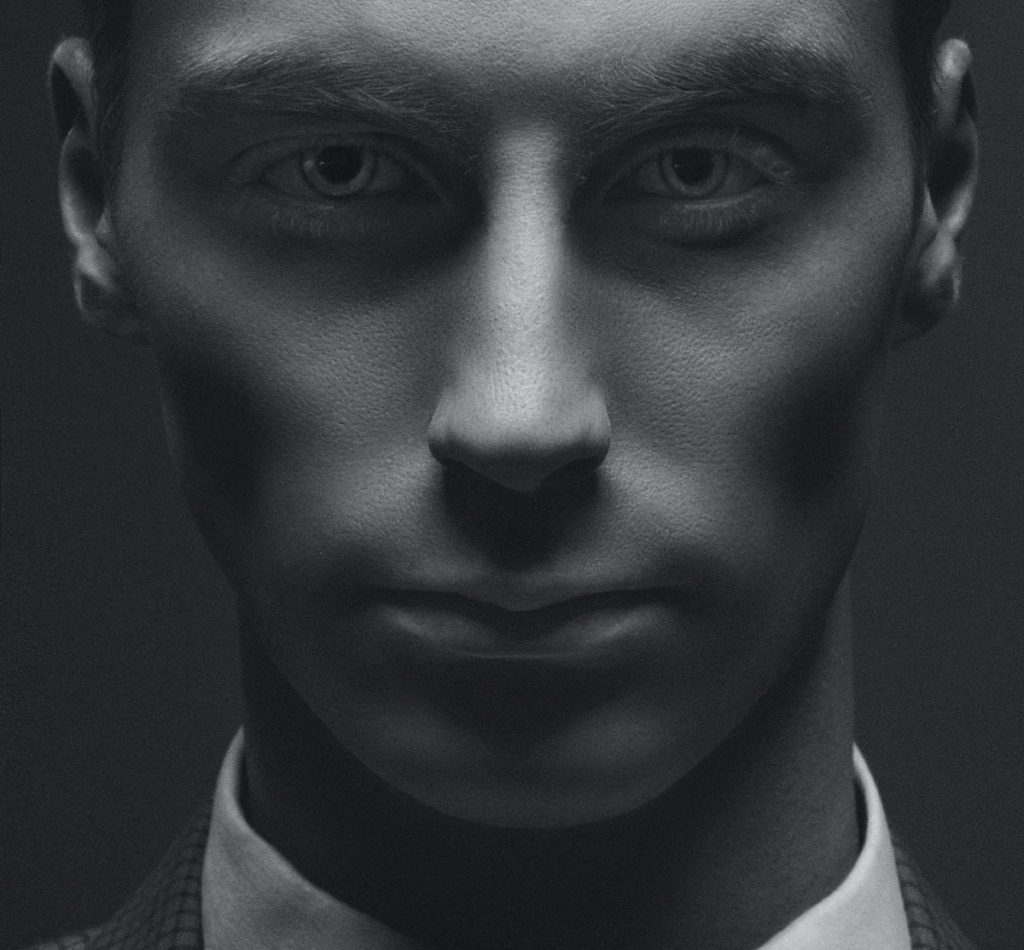



Chiaroscuro Lighting
This is an Italian term meaning ‘light-dark’ and that is simply what it is. Images using this type of lighting simply show an obvious relationship between light and dark parts of the face.

It was widely used in monochromatic cinema to create drama within silent films and is still widely used today with colour.
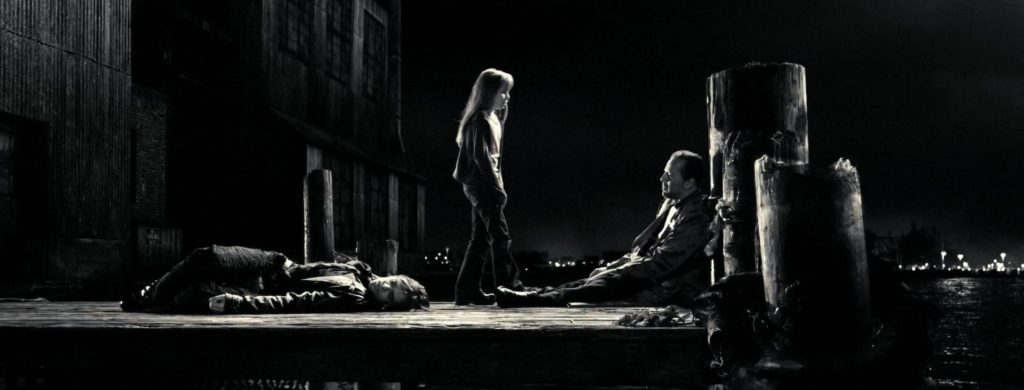


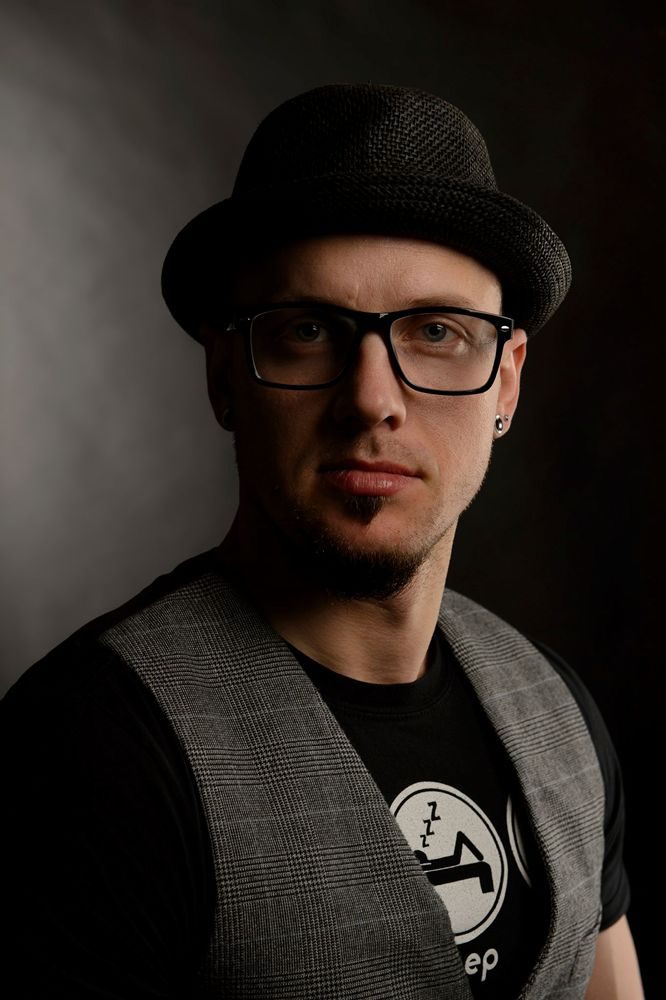
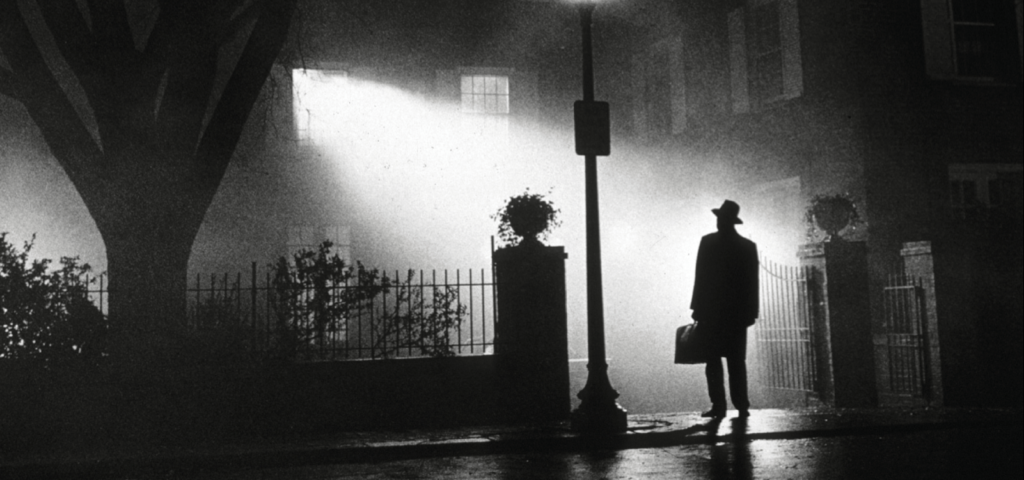
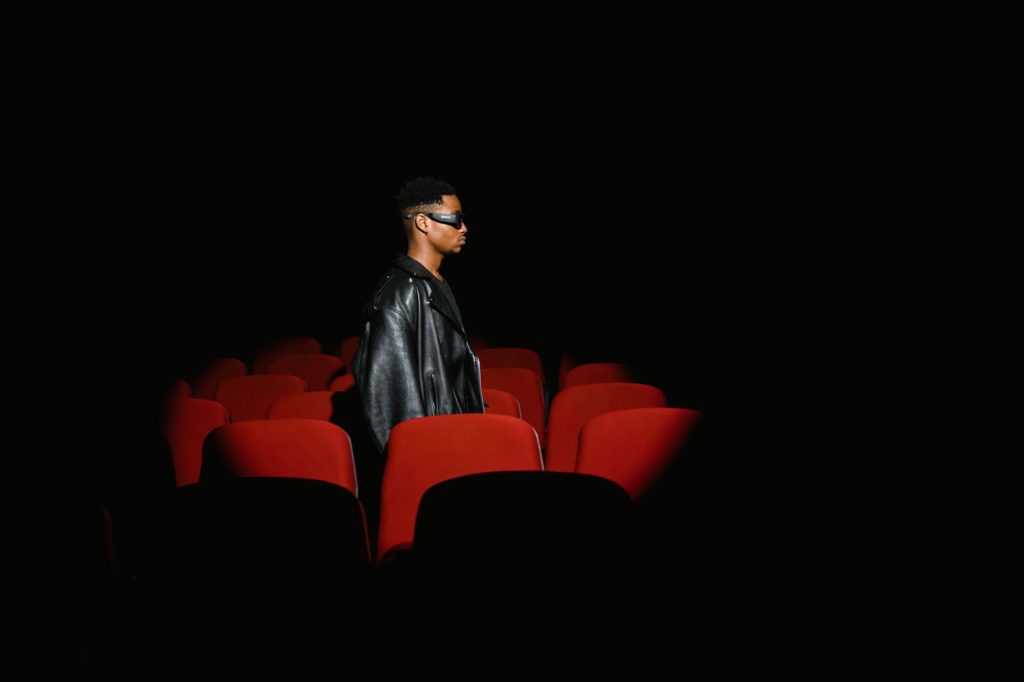
Before the creation of photography however, it was used in paintings and drawings to the same effect.





Back Lighting
This technique creates a silhouetted image of the subject for the camera. The light is positioned behind the subject with a ‘snoot’ connected to it. This controls the beam of light and ensures there is no glare in the final image by keeping the beam of light from completely engulfing the subject.
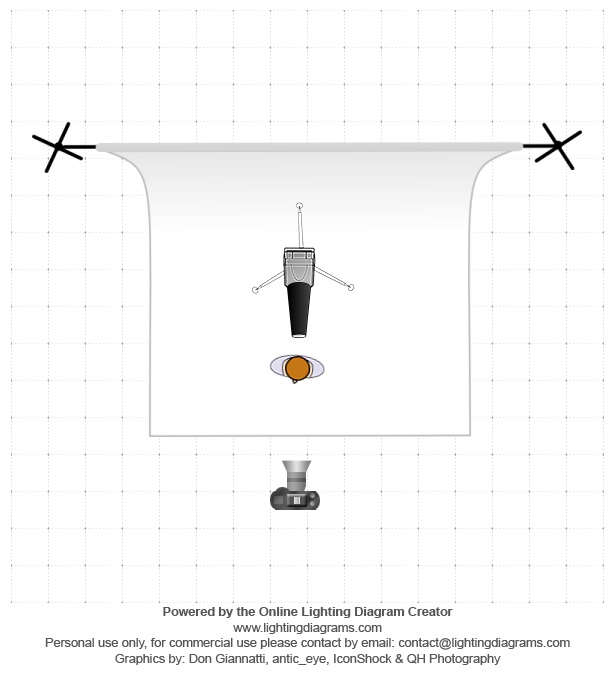






Experiments

